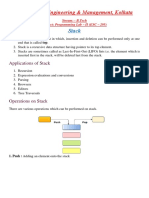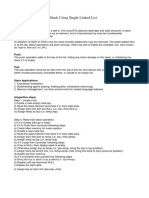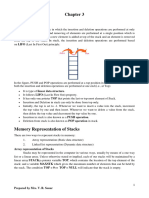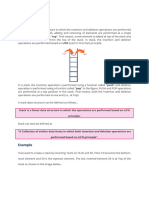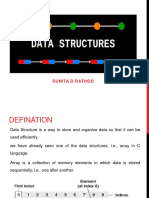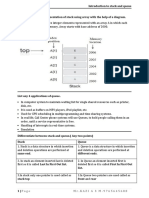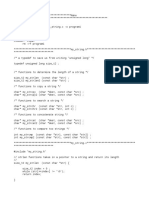0% found this document useful (0 votes)
32 views12 pagesStack
A Stack is a linear data structure that operates on the LIFO (Last-In-First-Out) principle, allowing insertion and deletion only from the top. It can be implemented using arrays or linked lists, with operations such as PUSH, POP, and PEEK. Stacks have various applications, including expression conversion, undo-redo features in software, and function call management in programming.
Uploaded by
majumdar.ishika2005Copyright
© © All Rights Reserved
We take content rights seriously. If you suspect this is your content, claim it here.
Available Formats
Download as PDF, TXT or read online on Scribd
0% found this document useful (0 votes)
32 views12 pagesStack
A Stack is a linear data structure that operates on the LIFO (Last-In-First-Out) principle, allowing insertion and deletion only from the top. It can be implemented using arrays or linked lists, with operations such as PUSH, POP, and PEEK. Stacks have various applications, including expression conversion, undo-redo features in software, and function call management in programming.
Uploaded by
majumdar.ishika2005Copyright
© © All Rights Reserved
We take content rights seriously. If you suspect this is your content, claim it here.
Available Formats
Download as PDF, TXT or read online on Scribd
/ 12



















